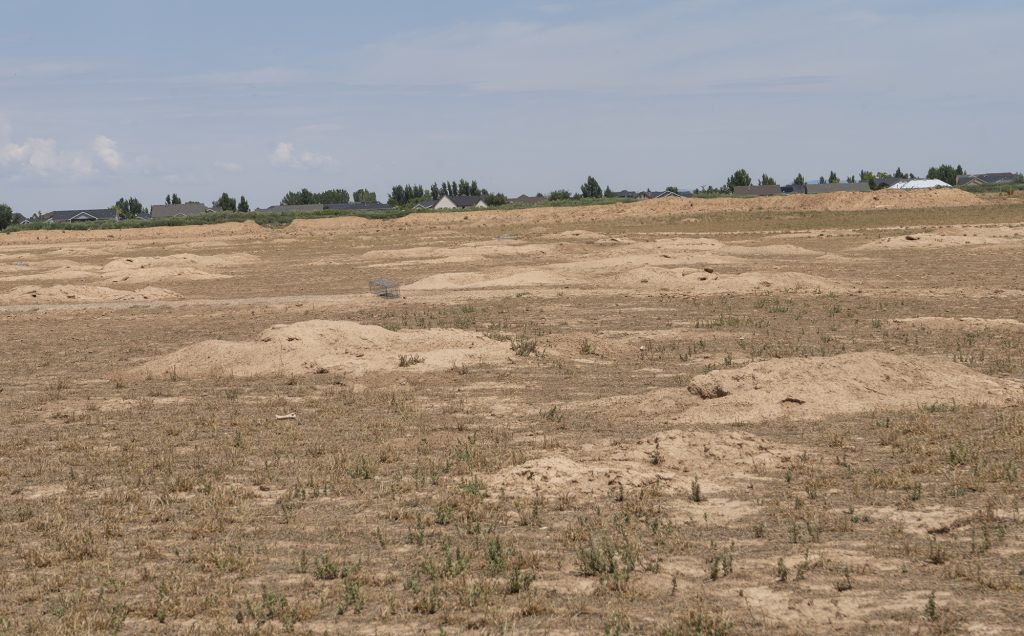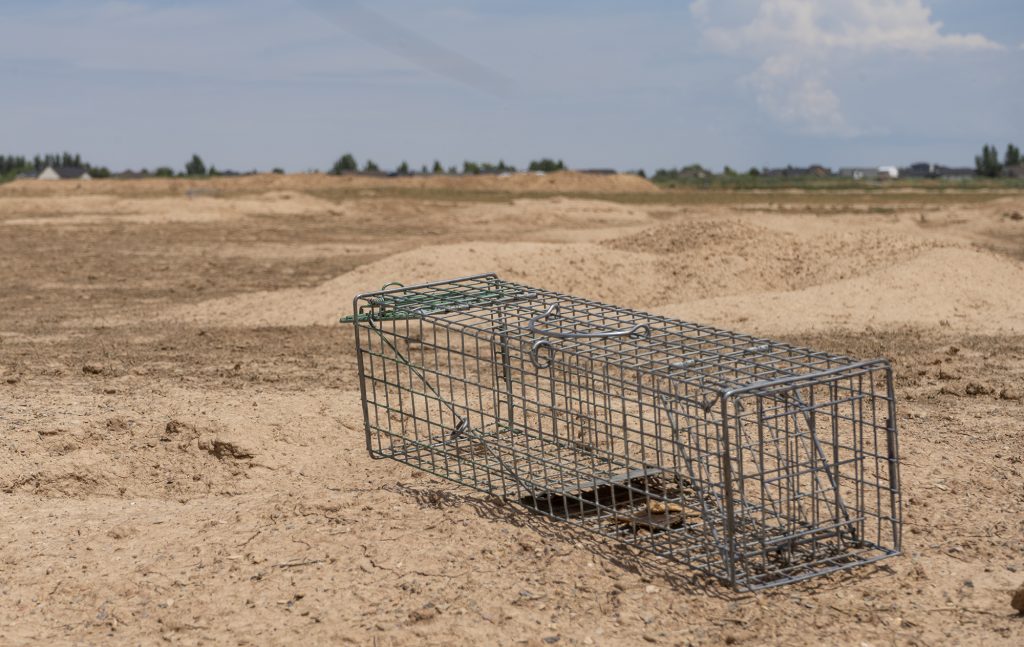CEDAR CITY — A small female prairie dog is wrapped like a burrito in a specially-crafted bag — just her nose pokes out. She’ll be set loose in her new home soon, but first experts will weigh her, place a metal tag on her ear and give her a treat.

Multiple traps were set on a 20-acre parcel destined for new development, and staff from the Utah Division of Wildlife Resources hoped to capture, treat and release as many prairie dogs living there as possible, Utah prairie dog recovery biologist Barbara Sugarman said.
A group of field technicians and biologists walked the property, collecting traps and looking for signs of prairie dogs. In each cage, a small amount of peanut butter was placed to entice the rodents to enter the traps, Sugarman said.
The division keeps track of prairie dog colonies by conducting regular surveys, as Cedar City News previously reported.
Sugarman said that once trapping season arrived at the beginning of July, she or Utah prairie dog management biologist Patrick Anderson offered to trap for property owners who obtained proper documents and paid the required fees. Whether the division can trap and how much time they have to do so depends on the developer’s timeline, she added.

One reason Sugarman recommends landowners planning to develop their properties allow trapping is that once work begins, prairie dogs can sometimes migrate to neighboring parcels. She pointed to an agricultural field that bordered the property.
“I could definitely see them moving over and causing a headache for someone else,” she said. “So, it’s really, really great when (landowners) have the time to let us get in here and trap. It’s a win-win for prairie dog conservation and it’s less of a problem when they get started on a project.”
Additionally, prairie dogs occasionally move into residential yards, posing a risk for pets. If the rodents have fleas and weren’t treated for plague, pets could get sick or carry the fleas into the homes where the occupants could also become ill. Sugarman stressed, however, that the risk of illness from prairie dogs is typically not “too big of a concern.”
Once the DWR traps a prairie dog, the animal is given a preventative deltamethrin dusting that kills fleas and prevents plague, Sugarman said.
Processing

As part of the procedure, the group caught two animals, covered their cages with burlap to simulate a burrow and prevent overheating, and loaded them into the truck. They took the prairie dogs back to the Cedar City Field Office, where they were weighed with a spring scale and determined whether they were male or female.
Both were healthy females, said Sugarman, adding that they had recently nursed pups – a positive sign for their health.
By trapping season, most pups are weaned and can survive independently. And because they tend to be more naive than the adults, they’re often trapped and released early on and later joined by the rest of the colony, Sugarman said.
Once the prairie dog was weighed, they placed a “burrito bag” over the trap’s opening and coaxed her into it by blowing on her, which was demonstrated by Anderson. After the prairie dog was inside with her nose poking out, the field technician placed a tracking tag on her ear and she was prepared for release.
Releasing

The prairie dogs were given slices of zucchini to provide them with supplemental nutrition and hydration to support their health during the stressful trap and release process, Sugarman said. Prairie dogs are always released on public land or private land with specific permission from the landowner, and these two were set for a new home stewarded by the Bureau of Land Management.
Sugarman and Anderson wandered the field, full of tumbleweeds and thistle, to find an abandoned burrow suitable for the two prairie dogs. The previous colony perished after a plague outbreak and it would likely be a safe place for the animals to build a new home, Sugarman said.
She was also excited to hear the noise they made as they left the traps, describing it as a “cute sound — like a mad kitten.”
Burrows can be built by burying boxes and tunnels in the earth. But Sugarman said these pale in comparison to the complex structures the rodents dig themselves and releasing the animals in these locations could increase their chances of survival.
Predator management is important for ensuring the animals’ relocation is a success, Sugarman said. Because badgers also burrow, they are a major risk for prairie dogs, as are coyotes and birds of prey. One protective measure to keep raptors, like golden eagles, from the rodents is to place protective barriers, often made of chicken wire, over the burrows.

After finding large and mostly-intact burrows, Sugarman and Anderson secured the cages with their feet and tilted them downward, encouraging the prairie dogs to exit. Each one did so quickly, burying themselves in the soft dirt, moistened by recent rainstorms. Once safe, they chuckled.
“They seem pretty happy,” Sugarman said. “And if she doesn’t want to stay in this particular burrow, there’s so many scattered around here. She can explore and run into another pretty easily.”
The number of animals caught per day varies based on the weather, day and location, among other factors. Sugarman said technicians in Panguitch caught as many as 54, whereas fewer are trapped in other circumstances.
Trapping season began July 1 and will continue until Sept. 3o. Those who wish to request trapping on their property should plan ahead of time to ensure the process will fit their timeline, Sugarman said.

Sugarman said four mechanisms allow for Utah prairie dog trapping: when the land is used for agriculture; when the parcel will be developed; if the landowner believes the development will begin in the future; or for health or human safety.
To determine if a survey is necessary, landowners can check Iron County’s GIS webpage, which contains the prairie dog clearance map, or call Reed Erickson, a Planner and Special Service Coordinator with Iron County Building & Zoning, at 435-865-5350.
Property owners may also contact the DWR by phone at 435-691-5700 or email [email protected].
Photo Gallery
A prairie dog in a trap set by Utah Division of Wildlife Resources, Cedar City, Utah, July 27, 2022 | Photo by Alysha Lundgren, Cedar City News Prairie dogs observe their surroundings, Cedar City, Utah, July 27, 2022 | Photo by Alysha Lundgren, Cedar City News A prairie dog being processed by the Utah Division of Wildlife Resources, Cedar City, Utah, July 27, 2022 | Photo by Alysha Lundgren, Cedar City News A prairie dog being processed and tagged by the Utah Division of Wildlife Resources, Cedar City, Utah, July 27, 2022 | Photo by Alysha Lundgren, Cedar City News A prairie dog being processed by the Utah Division of Wildlife Resources, Cedar City, Utah, July 27, 2022 | Photo by Alysha Lundgren, Cedar City News A prairie dog being processed by the Utah Division of Wildlife Resources, Cedar City, Utah, July 27, 2022 | Photo by Alysha Lundgren, Cedar City News A prairie dog being weighed by Patrick Anderson with the Utah Division of Wildlife Resources, Cedar City, Utah, July 27, 2022 | Photo by Alysha Lundgren, Cedar City News A prairie dog being processed by the Utah Division of Wildlife Resources, Cedar City, Utah, July 27, 2022 | Photo by Alysha Lundgren, Cedar City News A prairie dog being processed by the Utah Division of Wildlife Resources, Cedar City, Utah, July 27, 2022 | Photo by Alysha Lundgren, Cedar City News A prairie dog being processed by the Utah Division of Wildlife Resources, Cedar City, Utah, July 27, 2022 | Photo by Alysha Lundgren, Cedar City News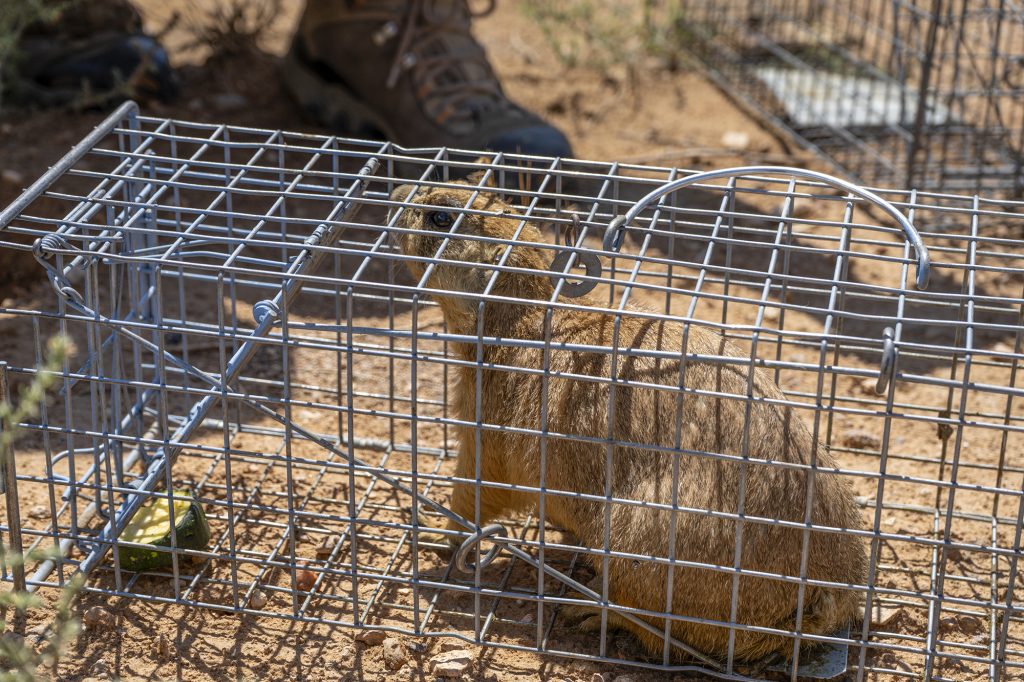
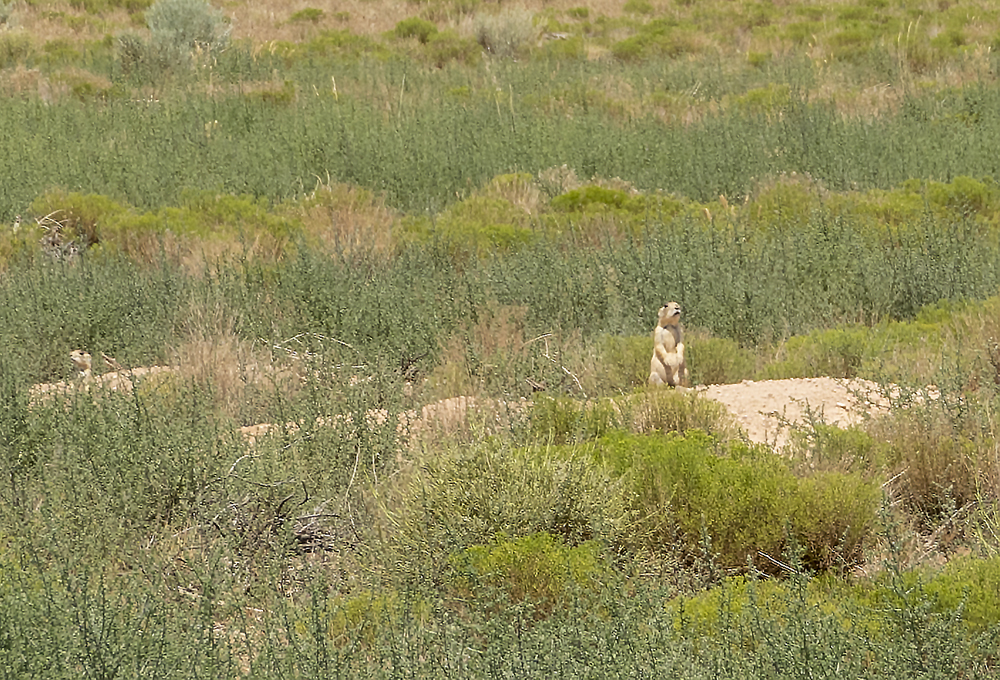

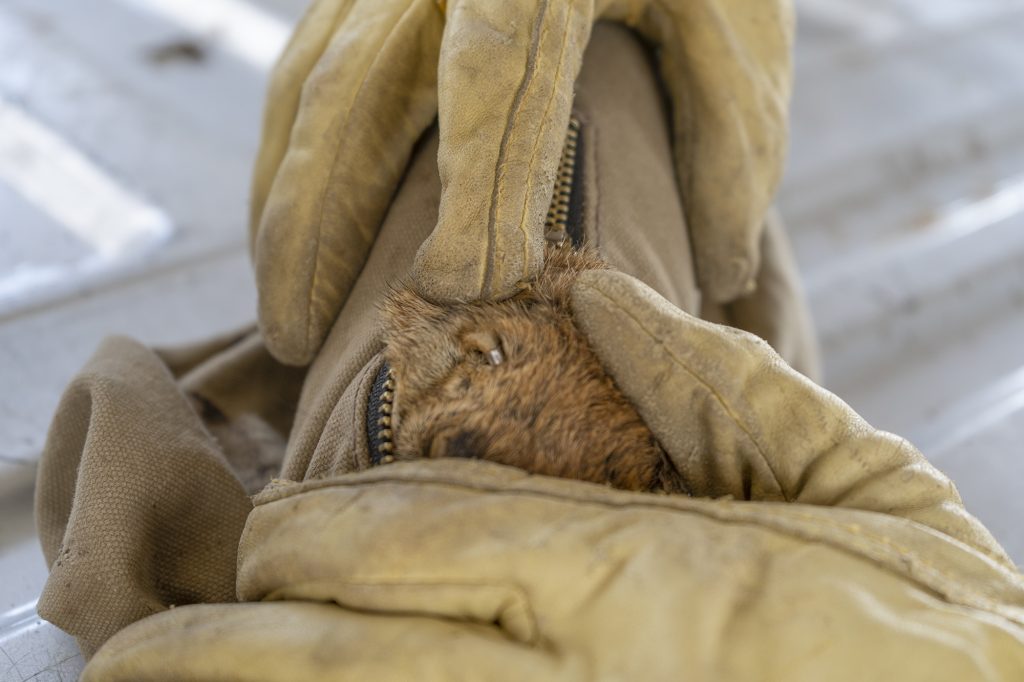


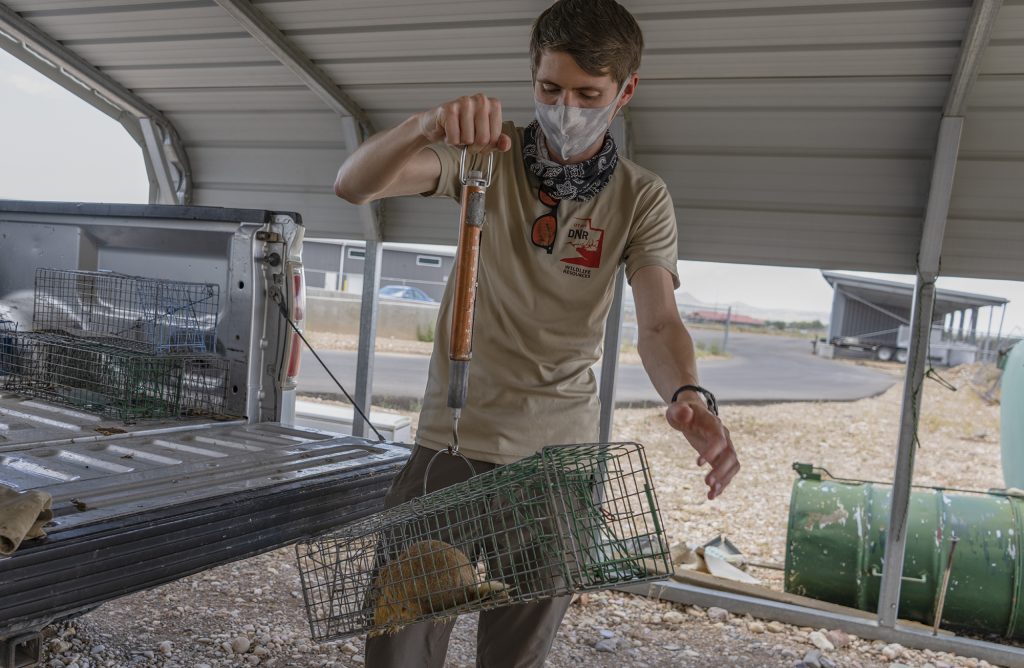

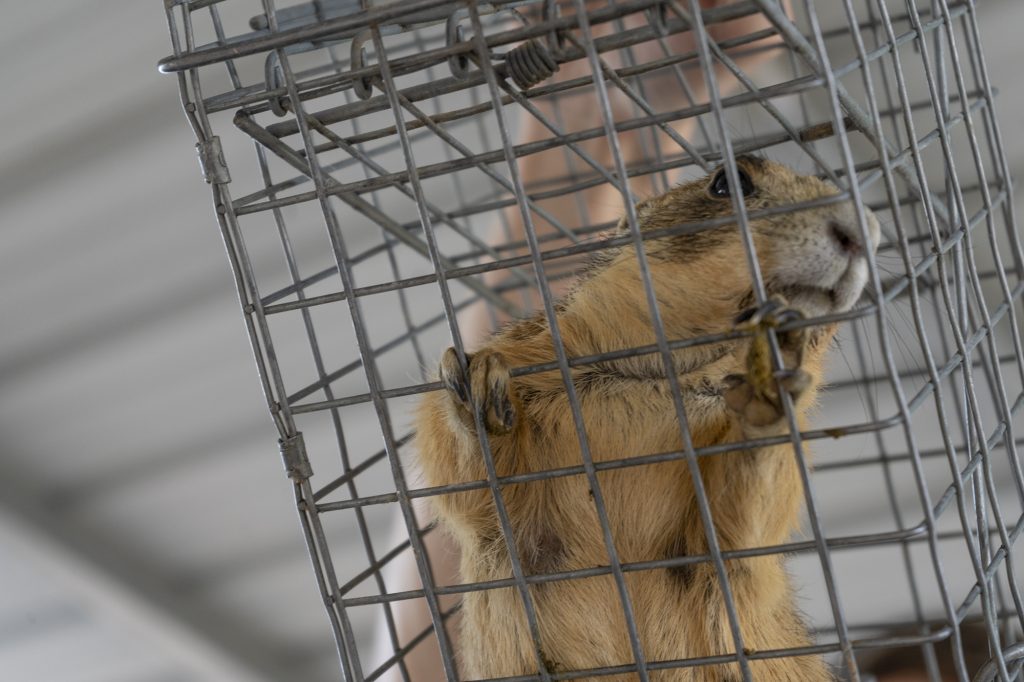
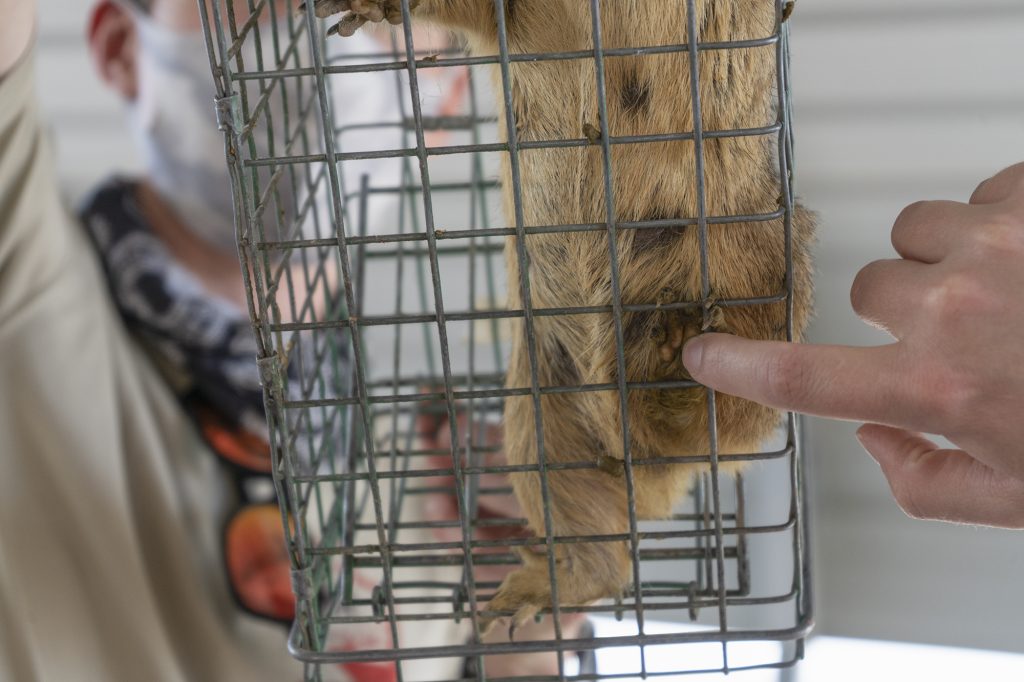
Copyright St. George News, SaintGeorgeUtah.com LLC, 2022, all rights reserved.
